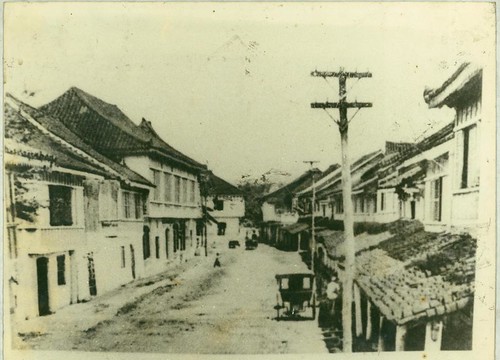
The University of San Carlos (USC) in Cebu City is the oldest university in the Philippines and in Asia. Originally founded by Spanish Jesuits in 1595, it is a Catholic institution of higher learning run by the Society of the Divine Word or SVD since 1935. It offers pre-elementary and basic education as well as undergraduate and graduate courses. Further, it offers a broad spectrum of academic programs through its eight colleges. It consists of four campuses located in different areas of metropolitan Cebu – the main campus along P. del Rosario St., the Talamban campus, the north campus, and the south campus.
History:
The university traces its origins to the founding of the school Colegio de San Ildefonso, founded in 1595. Colegio de San Ildefonso was founded by the Spanish Jesuits fathers Antonio Sedeno, Pedro Chirino and Antonio Pereira on August 1, 1595. It was closed in 1769 at the expulsion of the Jesuits. In 1783, the initiative of the Bishop Mateo Joaquin de Arevalo opened the Colegio-Seminario de San Carlos. In 1852, the management of the college was entrusted to the Dominican fathers, replaced in 1867 by the Vincentian Fathers then, in 1935, the Societas Verbi Divini or theSociety of the Divine Word (SVD). The Second World War led to the interruption of the courses in 1941 because several buildings suffered various destruction. The reopening of various faculties spread out between 1945 and 1946. The college of San Carlos was granted its university charter in 1948.
The college-seminary of San Carlos became University of San Carlos in 1948. Various faculties have been created at this time, while new buildings were built in parallel. The university is currently chaired by the Father Roderick C. Salazar, Jr. The board of directors (Board of Trustees) is chaired by Jesus N. Alcordo.
History:
The university traces its origins to the founding of the school Colegio de San Ildefonso, founded in 1595. Colegio de San Ildefonso was founded by the Spanish Jesuits fathers Antonio Sedeno, Pedro Chirino and Antonio Pereira on August 1, 1595. It was closed in 1769 at the expulsion of the Jesuits. In 1783, the initiative of the Bishop Mateo Joaquin de Arevalo opened the Colegio-Seminario de San Carlos. In 1852, the management of the college was entrusted to the Dominican fathers, replaced in 1867 by the Vincentian Fathers then, in 1935, the Societas Verbi Divini or theSociety of the Divine Word (SVD). The Second World War led to the interruption of the courses in 1941 because several buildings suffered various destruction. The reopening of various faculties spread out between 1945 and 1946. The college of San Carlos was granted its university charter in 1948.
The college-seminary of San Carlos became University of San Carlos in 1948. Various faculties have been created at this time, while new buildings were built in parallel. The university is currently chaired by the Father Roderick C. Salazar, Jr. The board of directors (Board of Trustees) is chaired by Jesus N. Alcordo.













